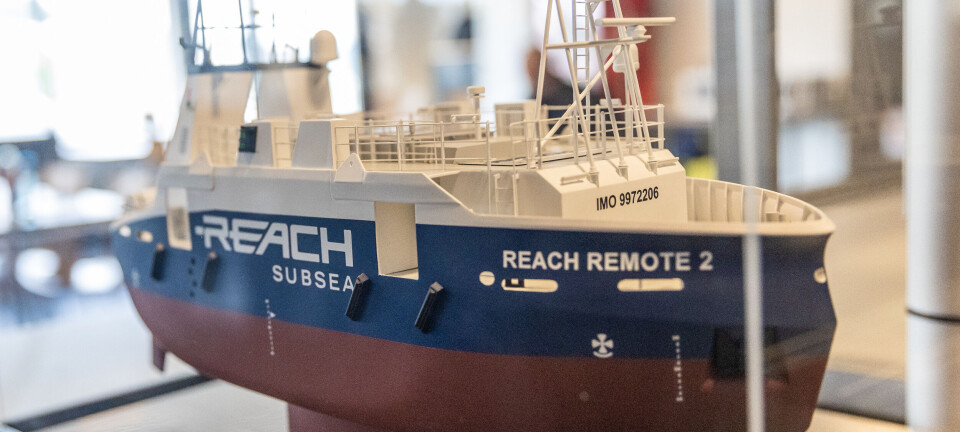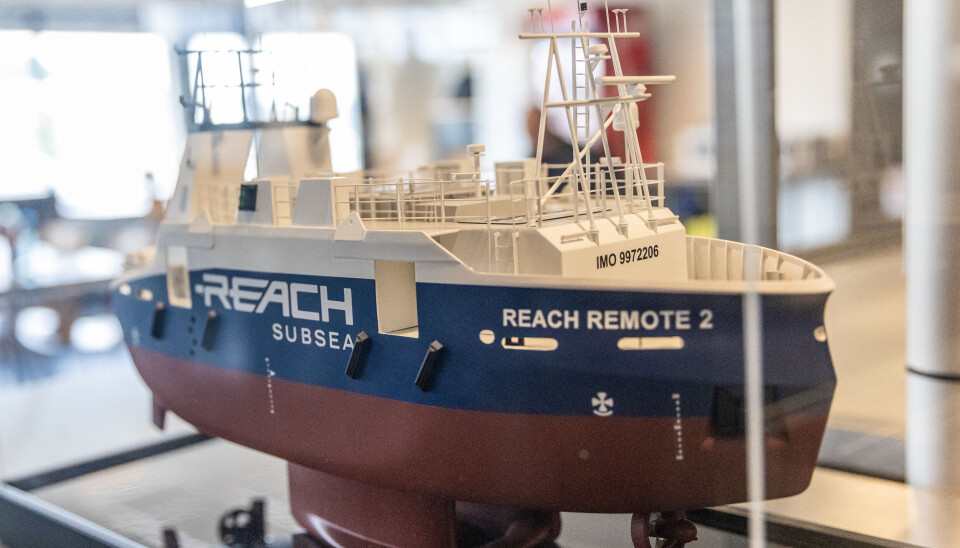
A manifestation of cooperation
Reach Subsea is in an industry that is highly exposed to competition. To meet it, all new ideas are welcome, including one for a vessel which, around five years later, would win Ship of The Year.
Established in 2008, Reach Subsea is known for world-class engineering, not to mention their state-of-the-art remotely operated vehicles (ROVs).
Their stated vision is "Sustainable access to ocean space".
“We are in an industry that is exposed to fierce competition. And in order to survive in this industry, you must always have something new to work on, which will bring you forward. So, working with new technology is something that Reach Subsea was founded for,” says Bjørg Mathisen Døving, VP at Reach Remote.
Already the company has had good success with a new high-speed ROV, the 'Surveyor Interceptor'. But the drive to push new technology was one of the elements that led to the birth of the idea of an unmanned ROV ship. Another important element was state-owned energy company Equinor announcing that it would be carbon neutral by 2050. Reach realised that to achieve this goal, new, smarter ships had to enter the market.
“In addition to this was the fact that now it was technologically possible to actually make this happen. So it really started with a thought about whether this is possible, and then we began a collaboration with Kongsberg on the idea.”
Started in 2019
The ROV Revolution research project started little by little in 2019, where Reach Subsea and Kongsberg Maritime together built a prototype that was tested in technology research organisation SINTEF's pools in Trondheim.
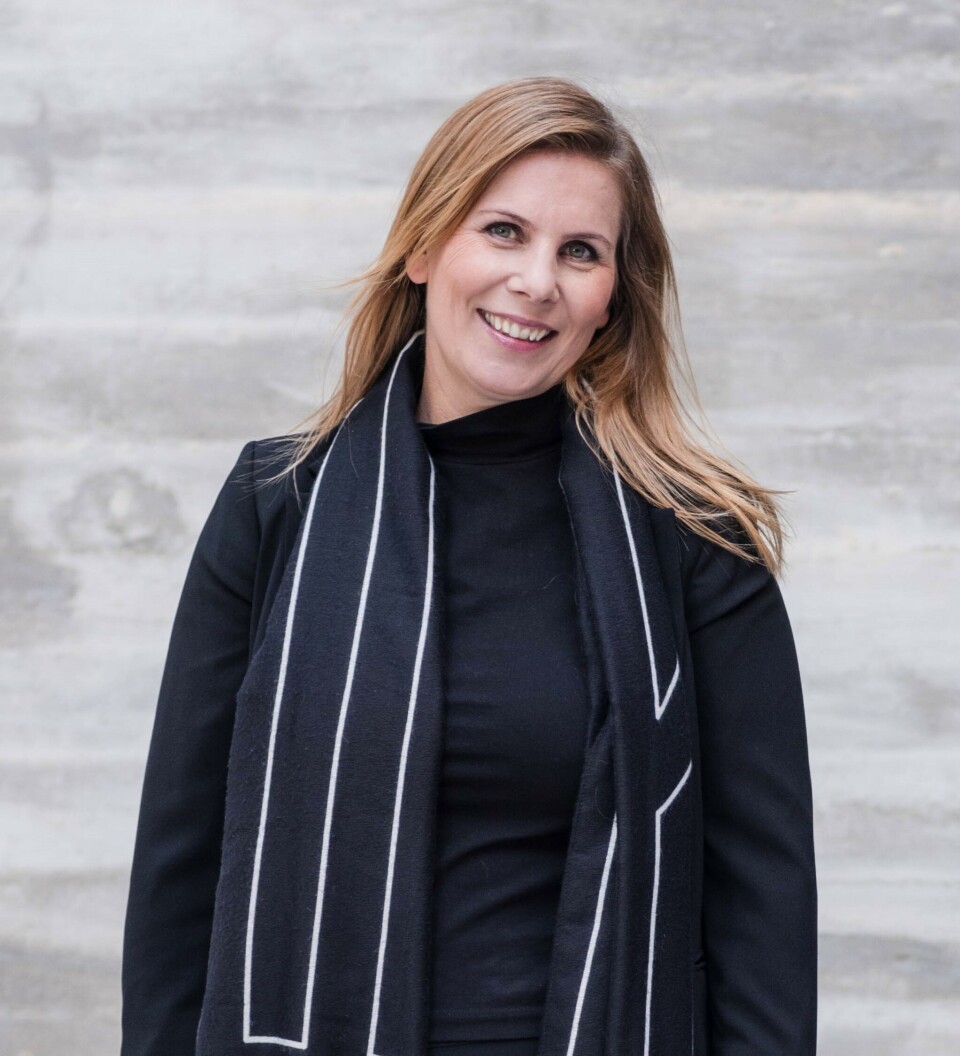
The hypothesis was whether it was possible to create a ship that can involve a work-class ROV and make this ship able to function as it was intended.
“We got Kongsberg to do a FEED (Front-End Engineering Design) study on behalf of Reach, where they issued a specification and a construction specification, and the philosophy document linked to such a study. This became the basis for our decision to proceed,” explains Mathisen Døving.
Just five years have passed from idea to finished product, a short time considering all the groundbreaking work that has been done.
“Yes, of course it was a challenge to find a specification that had all the main particulars that we needed. We needed a ship that could transport an ROV to its work area. And then the ship must have a certain size. At the same time, it must have a certain type of power supply capacity for an ROV that requires a lot of electricity.”
A small group
It was also an important design criterion that the vessel could have the same sailing duration as conventional ships. The customer should not be worried that the service they receive is not top class
“The customer must get what he has ordered and the data he should have at the time and with the quality required. So, there were some important design criteria in this phase that were essential.”
Reach Subsea then put it on the table to Kongsberg that they had to have a ship that can go in the North Sea, that can sail for 30 days, that can have a work-class ROV on board, and communicate with shore for a period where they weren't sure if the low-orbit satellites were going to provide coverage.
At the start, there was a small group in Reach Subsea appointed by the management to explore the concept. Mathisen Døving does not hide the fact that not everyone had faith that this was possible. Even herself.
“I needed some time to get into and understand that this is technically possible. And I still think so, I have to pinch myself a little to realise that we are where we are now. When a decision was made that we should do this project, and it was decided to sign a contract with Kongsberg for the construction of two ships, it was then that it dawned on the rest of the organisation that we were actually going to implement this. And it was probably an eye-opener for many.”
Others argued that the seafarers were now being put ashore and would lose their jobs. Mathisen Døving completely disagrees with that.
“We will create more jobs. We are actually going to expand. There are not enough seafarers in the whole world to man the operations and build the boats that are actually needed to be in operation. So, here we are going to increase the portfolio and create new, exciting workplaces where we can also make arrangements for those who, for various reasons, cannot travel by sea,” she says.
“We are not going to stop with the traditional way of delivering services, because that is needed for many more years.”
New educational courses
Reach Subsea is therefore focused on finding new educational paths for those who can enter the new arena without going through the traditional education course.
We are not going to stop with the traditional way of delivering services, because that is needed for many more years
“I feel it is our duty in the business world to also stimulate education courses for new jobs, that we participate and take responsibility for that. So, we have a close collaboration with the Training Office for Offshore Studies to explore these new opportunities that exist in the future. Because there is a workforce that is currently underutilised because they have other considerations in life that mean they do not have the opportunity to unlock and travel offshore.”
Moreover, she believes it is a more efficient use of resources. Today, experts are only needed for a short period offshore, but must join the entire project before the next port call.
As with much other new work in the maritime industry, the regulations are often created as you go along. That’s true in this project. Mathisen Døving refers to both the Norwegian Maritime Authority and DNV in the work done in recent years.
“We must have a ship that is as safe, or safer, than the one that is being demanded today. The Norwegian Maritime Directorate is also interested in exploring this new technology and what it is capable of being used for, and has therefore given prior approval and is working closely with us on the project. And then they will give us temporary saling permits until we have reached the goal of the project.”
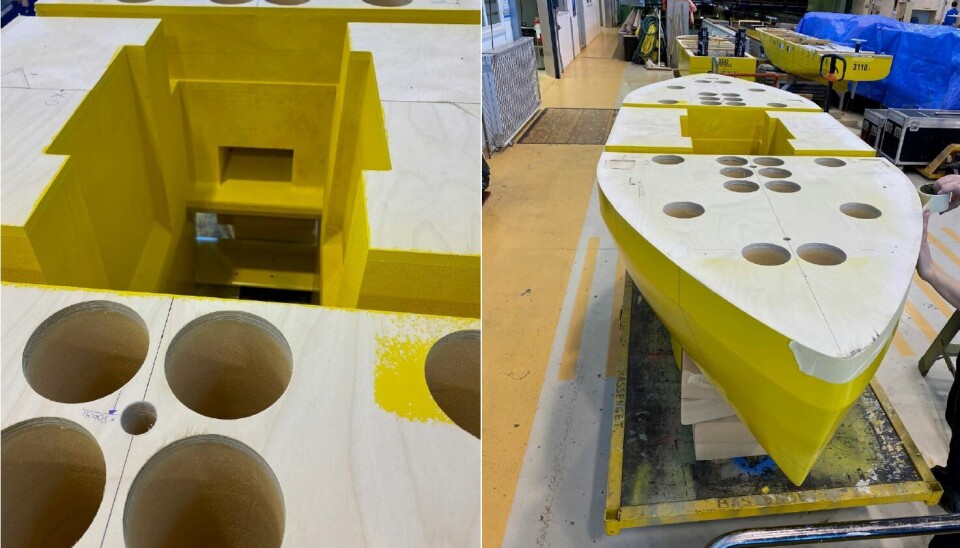
Has the burden of proof itself
According to Mathisen Døving, this means that it is Reach Subsea and Kongsberg who have the burden of proof that this is in fact just as safe. Thus, they have had to facilitate risk assessments and simulated voyages so that "Reach Remote 1" has the safety level as expected.
“The same applies to DNV. There we have employed DNV as both an approver for the construction process and as a verifier for new technology. Where they will see Kongsberg, Reach and Masterly in the cards on how you intend to handle alarms and reaction patterns when you do not have people on board.”
Research shows that the majority of accidents, or unwanted incidents, at sea occur due to human error. Nevertheless, Mathisen Døving emphasises that "Reach Remote 1" and the sister ship "Reach Remote 2" are not fully autonomous ships. However, they are designed and have all the technical equipment to be able to become so sometime in the future.
“These are ships that will first be able to be controlled remotely from shore. And then you build on the autonomy functions that have been sufficiently tested as time goes on. Our concept is that we retain the captain and the captain's legal role, so that there can never be a question as to whether it was a machine or a human who made the decision. This, together with the captain sitting in one country and steering a boat in another country, is also a legal dilemma.”
The project has received attention far beyond the country's borders. Several flag states, and the United Nations’ International Maritime Organisation, are following closely both what Reach Remote builds and which regulations will eventually become the template. Last spring, a cooperation agreement was signed between Norway, the UK, Belgium, Denmark and the Netherlands to facilitate better cooperation on the international operation of autonomous ships
“We have received all the attention we need when it comes to the fact that we are actually building a boat. We're not just talking about building a boat, we've built a boat; two, in fact. And that is the biggest difference between us and other concepts, at least in this size, because there are smaller unmanned ships that have existed for a number of years. We own two smaller unmanned ships ourselves, which we use for data collection in slightly calmer waters. We learn a lot from these concepts. And it is this technology that has paved the way for us to get to where we are now. But there is no one that I know of that has launched a 24-metre ship that will be unmanned from day one.”
The regulations follow developments
Mathisen Døving believes that it is healthy to look at what is technologically possible before creating the regulations, rather than to create the rules first, and then the technology communities have to adapt to this.
“We have seen that with the Norwegian Maritime Directorate and DNV. It is the technology capacity that controls how the regulations are designed. It is an iterative process with a large degree of transparency and openness between the parties.”
Reach Remote is a concept that should be able to be scaled up in size from the 24 metres that the first two ships are.
Why exactly 24 metres?
“Then there are special relaxations in the regulations that make it easier to get it approved. If you go up in size, completely different loading conditions and rules apply, which are much more complex than what we need. We just need a boat that can power the ROV and transport it around.
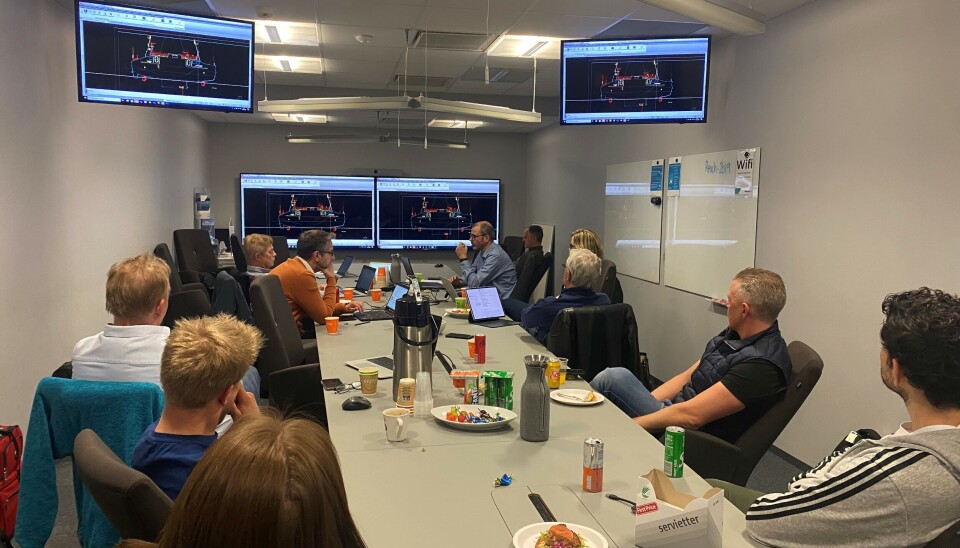
“There is something about stimulating continued technological development within certain limits. That one does not create too many stumbling blocks for something that has found its way of life on its own. Here there is a market that is already crying out for more capacity, and it is therefore important that we are able to cooperate with the Norwegian Maritime Directorate and authorities in a good and sensible way in order to be able to test it in practice.”
Do you feel that the Norwegian Maritime Directorate is rooting for you?
“Absolutely. We experience very positive reviews and positive attitudes. But when we challenge a physical requirement, we probably shake the tree a bit. But we have experienced being met with constructive understanding,” says Mathisen Døving.
The plans to increase with more vessels are certainly present.
“We want to bring the product to the market and scale up, so that we have a portfolio of several such ships that can be used in different waters and different time zones. And be each other's backup.”
One of the things that made the market react and became particularly interested in the project was when "Reach Remote 1" was launched. Then there were probably more people who had to get up from the kitchen table to look extra carefully at what they were reading. Because here was something solid that you could both touch and feel, and were not just airy plans.
“We have now signed up both Equinor, Total and Harbor Energy to take part in the first sea trips with Reach Remote in this first pilot project.”
When do you expect the first boat to be in operation?
“Pretty soon. Now it is the rush into different technology phases that we are going through, and completion phases. Kongsberg will deliver the boat, and then we will install the ROV. Then we have to spend some time getting to know the concept of launching the ROV. Before the end of the year, we should have done this pilot project with our customers.”
Challenges in the project
Although most things have gone smoothly, there have also been challenges over the years. The first thing that happened was the war in Ukraine. The hull of "Reach Remote 1" is built in Klaipeda in Lithuania and the war created challenges in terms of steel prices and labour at the shipyard. It ended up with steel having to be sent to Poland to be rolled, before being sent to the shipyard in Lithuania. This caused a number of delays. In addition, it was discovered that more cable than estimated had to be pulled. That also took time.
“But perhaps the biggest lesson was that everything that had to go into the vessel, all the Lego blocks that had to fit inside that boat, it was a challenge to get it in place. So, then we probably should have thought more carefully about how this would be logistically furnished before we decided how big the opening should be on the hatch, etc. But we took that lesson into vessel number two right away.”
Mathisen Døving makes no secret of the fact that Kongsberg has proven itself during the project.
“There have probably been some learning processes internally in Kongsberg. It has been very exciting for us as customers to sit and watch how these extremely skilled, competent technology environments work together to get things completed.”
What does it mean to you to win "Ship of the Year" on the first try?

“I had no doubt that we were going to win. I thought no one above, no one beside. So, I thought it was well deserved, if I’m allowed to say that? We have spent so much time and effort, and sleepless nights, and impressive efforts by everyone. It's the coolest thing I've ever been a part of.”
One of the aims has been to promote this type of technology as a completely new export product from Norway.
“If you look at the results of the Norwegian collaboration we have with Kongsberg, Massterly and Kystdesign, we put Norway on the map, with uniquely Norwegian underwater and maritime technology. Kongsberg and Masterly needed Reach to get this technology out into the world, and we needed them to reach new international markets.
“So, I think that the Ship of the Year award must be a manifestation of the success of such a collaboration.”
